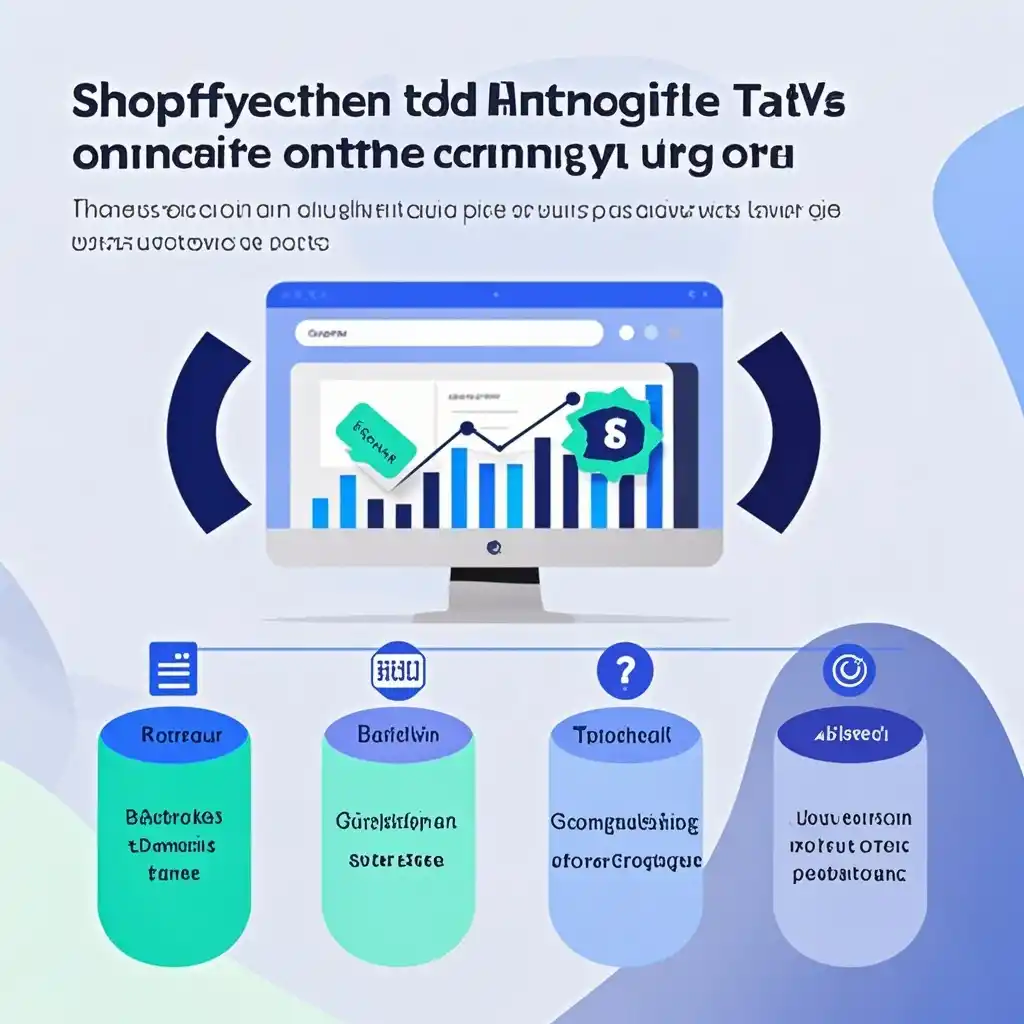

Background
For Shopify sellers, the issue of tariffs can be a significant headache. Tariffs increase the cost of products, which in turn reduces their price competitiveness in the market. When the prices of products on a Shopify store go up due to tariffs, customers may be less likely to make a purchase. This directly impacts the conversion rate of the store. A lower conversion rate means fewer sales and ultimately less profit. For example, a Shopify store that sells handmade furniture was facing a 20% tariff on imported wood. As a result, they had to increase the prices of their products. Before the tariff, they had a conversion rate of 5%, but after the price increase, it dropped to 2%.
Challenges
One of the main challenges is maintaining customer loyalty. Customers are often price - sensitive, and when they see a sudden increase in price due to tariffs, they may start looking for alternative stores. Another challenge is competing with other sellers who may have found ways to mitigate the impact of tariffs, either through different sourcing strategies or by absorbing some of the costs themselves. For instance, a clothing Shopify store noticed that their competitors were still offering lower prices despite the tariffs. This made it difficult for them to attract customers, as their own prices had increased by 15% due to tariffs on imported fabrics.
Optimization Strategies
1. Product Sourcing
Consider looking for local suppliers. By sourcing products locally, you can avoid or reduce the impact of tariffs. For example, a Shopify store that sold beauty products was previously importing from overseas. After facing high tariffs, they found a local manufacturer who could provide similar - quality products. This not only reduced their costs but also allowed them to maintain their original prices, and their conversion rate gradually increased back to its previous level.
2. Value - Added Services
Offer something extra to your customers. This could be free shipping, extended warranties, or personalized customer service. A Shopify store that sells electronics started offering free next - day shipping for all orders over a certain amount. Even though they had to increase their product prices due to tariffs, the added value of free shipping attracted more customers and helped maintain their conversion rate at around 4%.
3. Targeted Marketing
Focus your marketing efforts on your most loyal customers or those who are less price - sensitive. You can create special offers or loyalty programs for them. For example, a Shopify store that sells high - end jewelry sent exclusive discounts to their existing customers who had made previous purchases over a certain amount. These customers were more likely to continue buying from the store despite the price increase due to tariffs.
4. Pricing Strategies
Instead of increasing the price across the board, consider tiered pricing. Offer a basic product at a lower price point with fewer features and a premium version at a higher price with more features. This gives customers the option to choose based on their budget. A Shopify store that sells software products implemented this strategy. They had a basic version for budget - conscious customers and a more comprehensive version for those willing to pay more. This helped them retain customers and maintain a relatively stable conversion rate even with the pressure of tariffs.
Summary
High tariffs pose a significant threat to the conversion rates of Shopify stores. However, by understanding the challenges and implementing effective optimization strategies, Shopify sellers can still maintain a high conversion rate. Product sourcing, value - added services, targeted marketing, and smart pricing strategies are all key areas to focus on. By continuously evaluating and adjusting these aspects, Shopify sellers can navigate the difficult waters of high tariffs and keep their businesses thriving. It's important to remember that in the face of challenges like tariffs, a proactive and adaptable approach is crucial for long - term success.